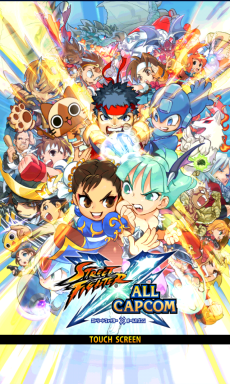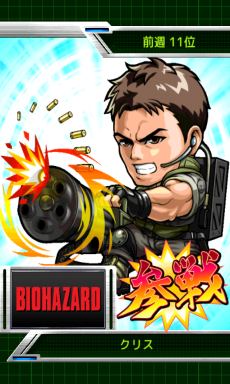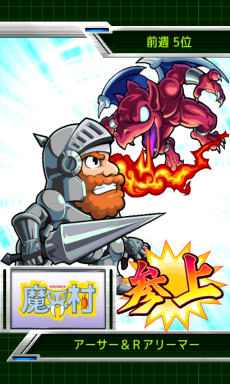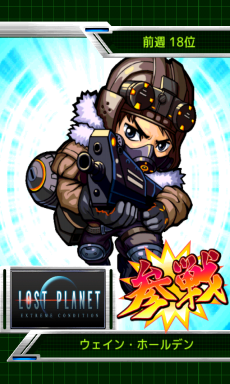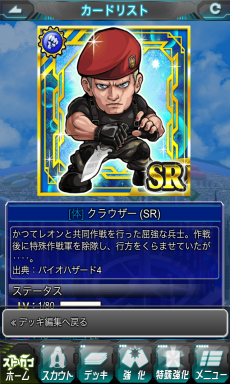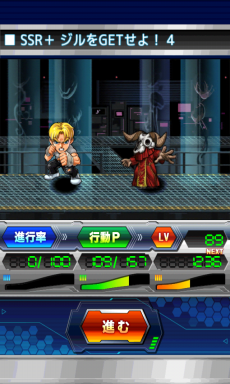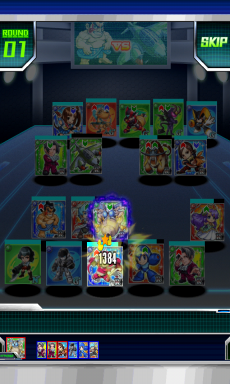 |
|
|
|
|
|
||
|
||
|
||
|
||
| After Street Fighter X Tekken and Ultimate Marvel VS Capcom 3, it is widely assumed that Capcom hadn't made any new VS. series games after that. Big media would have you believe that they didn't. The truth is, they did, and it's called Street Fighter X All Capcom. Some may not count it as a VS. series game because it doesn't follow the same design as its bretheren. I can see why some would think this (as I thought the same thing myself when Namco X Capcom came out), but the game is, for all intents and purposes, a collision of series and characters just like the VS. titles before it. |
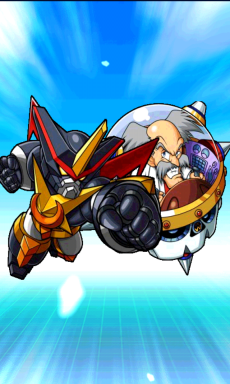 |
 |
 |
|
Not only that, but Capcom took all the fan requests and demands from the last decade and honored them in this one, single game. The ironic thing about this is how Capcom Unity on Capcom USA's site has been used to collect data on these fan requests and demands over time, but Street Fighter X All Capcom was only released under the Capcom Online Games imprint in Japan. Nonetheless, those who wanted the game were persistent and found ways to get it outside of Japan, and were able to enjoy it during its short, fleeting life. With the onslaught of digital distribution, video games have acquired short, fleeting lifecycles much like the cicada, expiring with the seasons and disappearing with the departure of digital hosting services and/or publishers. The only difference is, cicadas return year after year, whereas digitally-distributed titles are already fading into obscurity, never to be seen again. This is, of course, unless the publisher and/or developer decide otherwise, which ultimately puts the fate of masterpieces and works of art solely in the hands of profit over art. That being said, the "here today, gone tomorrow" factor of digital distribution has made playing these games a priority over all other mediums as a result. I missed the boat on Ninja Arms and barely played it before its untimely end, but I caught Street Fighter X All Capcom in time and played near its entirety. I literally played this game daily because I knew it wore expiration like a tightening noose. Its end came, and even though I would have liked to discover more of it, I was content knowing that I was able to play it a lot before its departure. It's an honor to have played a Capcom game that likely won't ever be playable again. In fact, as a Capcom fan since the 80s, I'd say it was one of the most addictive games they've ever made! |
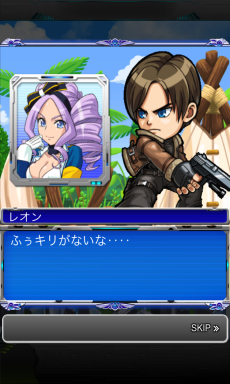 |
|
|
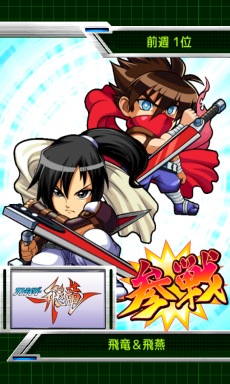 |
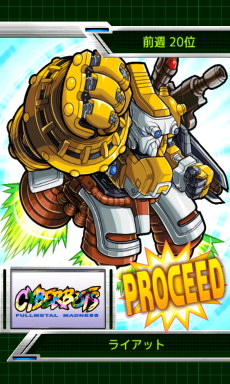 |
|
|
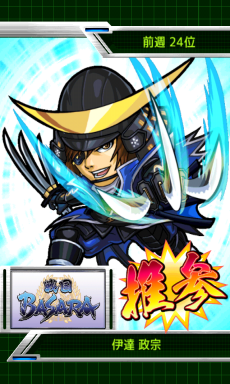 |
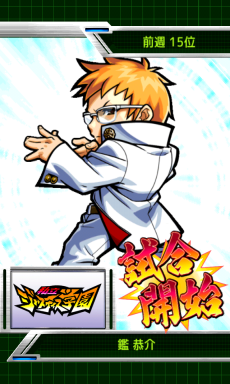 |
|
|
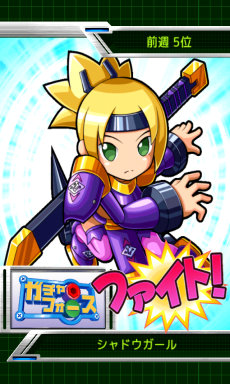 |
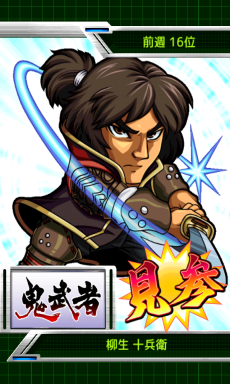 |
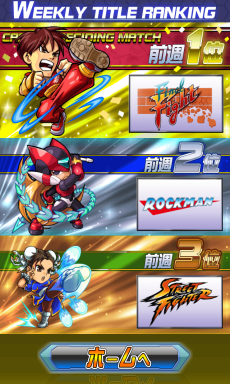 |
|
|
|
Street Fighter X All Capcom isn't just a radical departure from the head-to-head fighting structure of Capcom's VS series, but of even the card battle genre it is classified as being a part of. The reason is because it's not just a card battle game; it's also a side-scrolling fighter of sorts. That, or a side-scrolling fighting simulator. It's not your typical card battle game because there are side-scrolling fighting parts thrown-in to drum-up points. Yes, these sections are complete with enemies, mini-bosses, surprise bosses, hidden bosses, and endbosses. In before the scene discovers this game and fights over whether or not it's a "real" VS game! Street Fighter X All Capcom features an eclectic, yet robust cast of common enemies. Its diverse cast of regular enemies consists of characters from Capcom IPs ranging from the almighty Final Fight and crazy Viewtiful Joe, to the eerie Onimusha and classic MegaMan. Lickers, Hunters, and even the terrifying Tyrant from Resident Evil make an appearance in this game! Even more surprising was the appearance of Three-Eyes, which isn't just the coolest enemy from the Onimusha series, but one of Capcom's coolest character designs, ever. Last, but not least, the pink "Herpie" treasure box enemy rears his ugly head as a hard-to-get-rid-of "treat" for our resident Ghouls N' Ghosts fan, Andee Werewolf (who actually mentioned these little bastards in his 2010 Super Ghouls 'N Ghosts article). I wasn't prepared at all to see the creepy Resident Evil 4 cult members in the game at all, let alone being alongside Viewtiful Joe enemies, zombies, and Andore from Final Fight. |
|
|
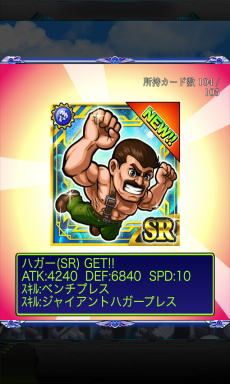 |
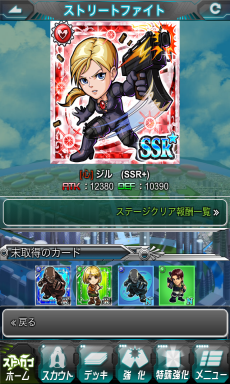 |
|
Bosses include (but are not limited to) Huitzil, Birdie, Victor, Adon, Rose, Asura, reptilian threats from Monster Hunter, colossal mechs from Cyberbots, the Lost Planet mech from Tatsunoko VS Capcom makes a return, and even a ship from the 19XX shooting series! Yes, you can play as, and fight against aircraft in this game, too. There's really no other way to put it; this game has tons of enemies and bosses from some of Capcom's most iconic IPs. Street Fighter X All Capcom is really the only Capcom game that puts so many IPs from various genres in one, and succeeds at doing it. In life, there are times when you must take a side (no matter how much big media tells us to ride the fence), and this is one of those times. The game requires you to choose what are essentially factions broken-down into Capcom IPs. I chose the Final Fight faction for most of the game, and it took Cody through a plethora of locales for some hard-hitting brawling action. For Cody, the subway, factory, and parks were familiar places, but then the game takes him on journey far into the depths of ruins, a lost treasure cove, and even deep into the bowels of an Umbrella Corporation lab! How did Cody get there?! This, among places that include a Phoenix Wright court room and Morrigan's stage from DarkStalkers, add a fresh twist to the Capcom universe and character interaction. It really has a sort of "What If..." or "Dream Team" theme to it. Capcom really went all-out and included tons of characters from a variety of their own, iconic IPs; all of which were by popular fan demand! The game is basically a who's-who of Capcom video games. Fans will immediately notice how brightly fan requests from Capcom-Unity shine through (i.e. Rival Schools and Devil May Cry). Unfortunately, as with every other title in the VS series, Capcom couldn't fit everyone. |
 |
|
Pivotal characters and personas from titles like Forgotten Worlds, SideArms, Battle Circuit, and Mercs were strangely omitted in favor of nobodies from Phoenix Wright and Ghost Trick. Really, who even knows some of these characters? Asura's Wrath is new, too, but at least the ones from that game look cool. Capcom gave a nod to our own Andee Werewolf and his unhealthy Super Ghouls N' Ghosts skill with different versions of Arthur; one of which is without his armor, reduced to nothing but that pair of heart-patterned boxers that were a pre-order bonus for Maximo (the 128-Bit PS2 series reboot). I wasn't even able to get some characters before the game's untimely demise, and normally it wouldn't matter, but this is a game that may never see a re-release. The game's only real flaw, however, is animation. This flaw is uncommon in Capcom games. Critics will cite flaws in Capcom games out of envy and jealousy, but animation is one area they are rarely faulted in. In this game's case, however, it was sad to see that the side-scrolling portions lacked animation. Though not immediately noticeable, these parts use stills from the cards, and those stills are manipulated for attacks. It holds up surprisingly well (thanks to Capcom's signature sound effects and cool hit sparks), but does become noticeable after a while. As you notice it more and more, you come to think of what the game could have looked like if Capcom had put more animation into it. This probably wasn't because of time constraints, and seems more like it was just a necessary evil associated with the multi-platform Capcom Online Games imprint delivery model. |
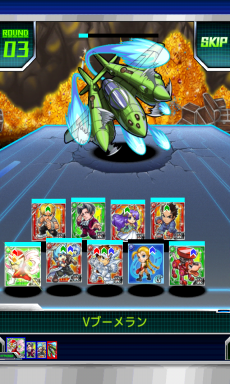 |
|
|
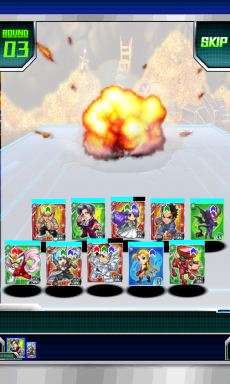 |
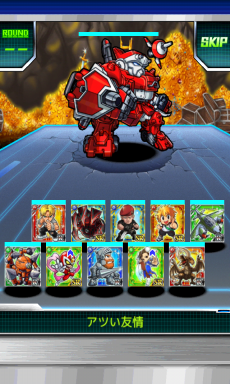 |
|
|
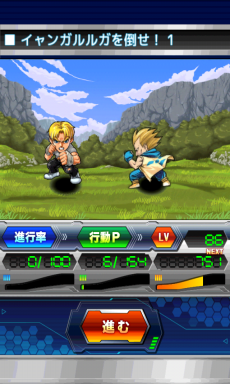 |
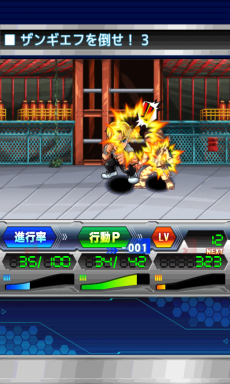 |
|
|
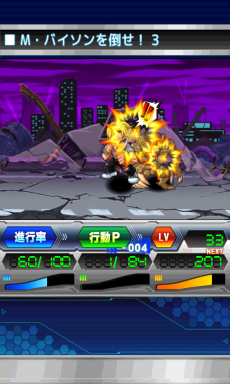 |
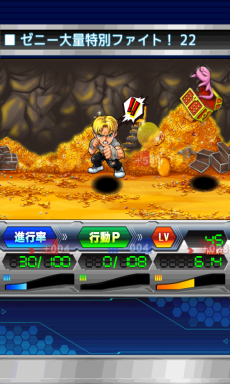 |
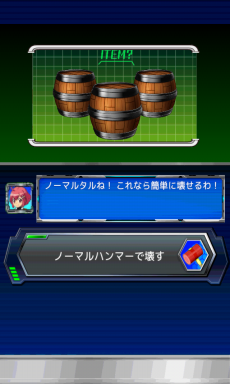 |
|
|
| When you play the game, it's hard not to think about its sheer scale. For a game that looks seemingly playful, it's actually pretty serious business. Underneath the short, "super-deformed" characters and card-based, side-scrolling fighter combination gameplay lies a game that only ended because its maker pulled the plug on it. The sheer amount of card combinations, side-scrolling character battles, battlegrounds, and unpredictable card frequency made the game a never-ending saga for supremacy. Thinking of all the combinations possible in the game, with all the variables, is mind-numbing. Add card mixing and card power-ups to that, and calculating it all is like trying to calculate infinity. The game was free in Japan, and if it had made it to the West, its surreal, over-the-top match-ups would have had profound impressions on the larger player base that would have been new to the Capcom universe. It's not uncommon to see cute characters like the ones from SonSon laying the smack down on jerks like Wesker, and new players would definitely have asked themselves if they really just saw "one of those dinosaurs from Monster Hunter" just obliterate "a girl with pom-poms wearing a helmet." New players may even be perplexed at who would win in a battle where the only remaining cards are a "cop with shin-guards using purple fire hands" on one side, and an "old dude in a wheelchair with a crossbow" on the other. Veterans and newcomers alike will, however, meet on common ground as their jaws drop in disappointment, sitting in defeat at the hands of teams composed almost entirely of cards that depict a girl named "Roll" with a broom in hand, sweeping the floor. |
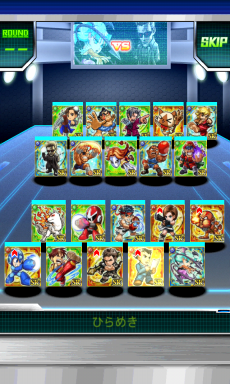 |
The game is full of surreal scenarios like these, and they are one of the things that give it its charm. Those who become fixated on new, unfamiliar things often assume the worst; a pitfall everyone is succeptable of walking into. With this game, some may still wonder how the card battle system from games like MegaMan Battle Network would marry successfully with side-scrolling fighting from games like Final Fight. Some will claim it can't be done, and may even doom it to failure when they do see it. Well, Capcom has been known to combine seemingly unrelated concepts to form fun, addictive gameplay. Resident Evil, with its combination of eerie environments, enemy pacing, weapon pacing, and puzzles, revolutionized video games with what some say was the creation of the survival horror genre. I disagree (because there were some 8-Bit Nintendo games that were scarier), but I can see why they say this; before Resident Evil, there really wasn't an experience like it. It wasn't just because it was scary; the game had slow, methodical action dictated by puzzles and critical thinking. Though it is an action/adventure game at its core, most before it had an emphasis on white-knuckle shooting and/or hacking and slashing. First and foremost, Street Fighter VS. All Capcom pits decks of cards against each other, where card values dictate how many can be on a single team. The cards you've earned fight against the cards someone else has earned, or against the computer. Cards kick each other's asses. CPU matches are what drive the side-scrolling fighting parts of the game, which run on accumulated points. When these points end, the side-scrolling parts end and you go back to online battles to drum-up resources. Conquering in both modes nets you new cards, zenny (Capcom money), and other resources to either strengthen cards or buy them outright. Of course, Capcom offered the option to literally buy cards outright with real-life money through iTunes. |
 |
Cards vary not just by character, but in rarity, which is directly connected to power and other attributes. The more rare cards are usually really powerful and/or possess additional attributes that lower, limit, or void the defense or attacks of the other team. Attacks vary in strength, speed, and effects, depending character stats and Capcom legacy. Blanka cards attack with the elemental power of electricity, E. Honda can hit multiple cards with his Hundred-Hand Slap, Strider slices past other cards, Ryu's Hadoken blazes, and Dante uses his signature air-slash move. These are just some of the attacks; there are a lot more. Of course, this is all determined by rarity, which changes not just the character illustration on the card, but the attack of the card. Cards that just show a character taunting or standing don't do much, but you know you got something special when you see something like Chris from Resident Evil shooting a gatling gun, or Firebrand from Ghouls N' Ghosts breathing fire. There are also combination cards that have two characters on the same card kicking ass, and these are the ones that were the hardest to get! In my time I may have gotten one (if I got any at all). And that's what made this game so addictive; so many cards, so little time and space. With this game's fleeting existence in mind, you'd figure Capcom would have allowed for unlimited card capacity so that fans could collect all of the cool new artwork of each card in one place. No, they didn't. Capacity was limited, and they expected us to mix or sell any weaker cards (even if they look cool). Some of the weaker cards even look cool, so it was really difficult choosing which ones to part with. Thankfully, I took screenshots of the coolest ones, but there might have been a few that fell between the cracks. |
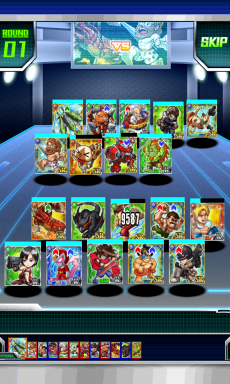 |
|
|
|
It's really unfortunate, though, that this game cannot even be played (and will likely not be seen again), because the artwork was fresh and unique to the title; something that has decreased over the years with Capcom. The artwork is in the ultra-cartoony, "super-deformed" style, but is still very well-done. Capcom really needs to compile all of the artwork from not just Street Fighter X All Capcom, but all the COG (Capcom Online Games) series and make an illustration book. This is not because I'm an entitled elitist, or a greedy jerk, but because just like all of their other games, Capcom's many skilled artists worked hard on the designs of the Capcom Online Games titles. Since it seems destined that the games in this series won't be playable at all after their respective networks close, Capcom should really find a way to preserve them as works of art. This, Capcom needs to do not just for its die-hard fans, but for the skilled artists that have made them what they are today. Unless Capcom decides to bring back this game and the network it ran on, it will not be playable in the future, and there won't be much information on it. This is the reason I wrote about it. This isn't just an old Capcom game that can be purchased on a whim. In fact, it can't be purchased again, ever, through any means. Of course, hackers can make just about anything happen, but unless they take interest in this Street Fighter X All Capcom, it will exist only in dormant form on its compatible devices, never to be played, again... |
|
|
 |
 |
|
||||
| BAD'S COMMENTARY PAGE 2015. All rights reserved. |
